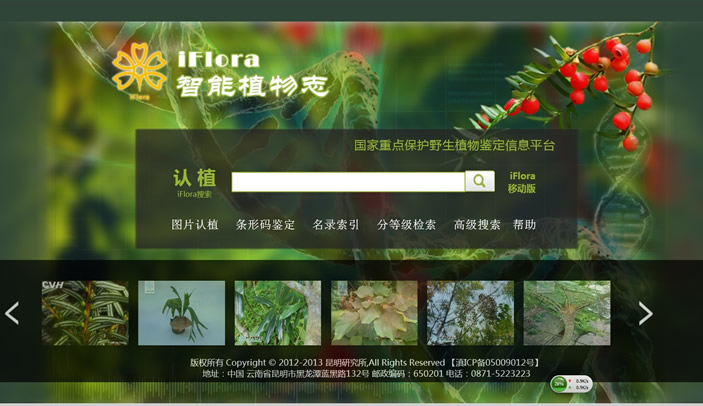The first batch of China’s Catalogue of the National Protected Key Wild Plants (NPKWP) was promulgated by the Ministry of Forestry and the Ministry of Agriculture in September 1999 and authorized by the State Council. This Catalogue includes 305 species with representatives from 92 families and 194 genera, which were classified into two protection categories.
The NPKWP is the key reference employed by Chinese administrative departments to protect and manage endangered and/or economically important wild plants. Because DNA barcoding makes it possible to identify plants using vegetative and/or small tissue fragments, it allows administrative staff to identify NPKWP without taxonomic specialists. As an important part of the Next-Generation Flora (iFlora) project led by the Kunming Institute of Botany,and built a rapid identification system for the NPKWP. Firstly, this work collected 90% of the plant species on the NPKWP and their closely related species and then sequenced the plant DNA barcoding loci, rbcL, matK, ITS and trnH-psbA.
This work led to the development of a system based on DNA barcodes, as well as on morphological descriptions, digital images, and geographic information. For species identification, a user may input a query barcode sequence into the platform and the system rapidly provides the most closely related species (NPKWP or not). The user can then use morphological features, photos, and geographic information in the system to obtain a final identification.





